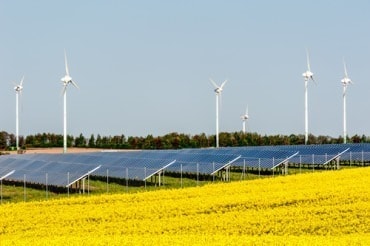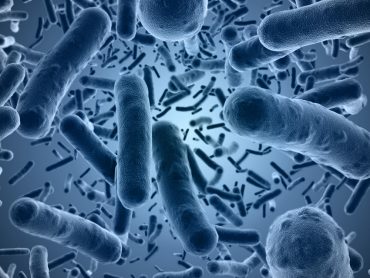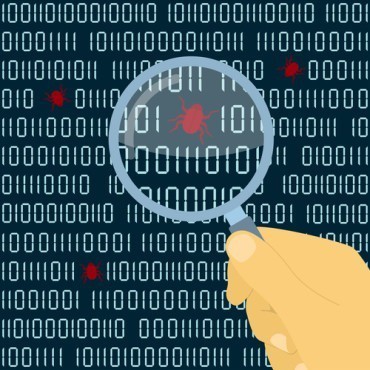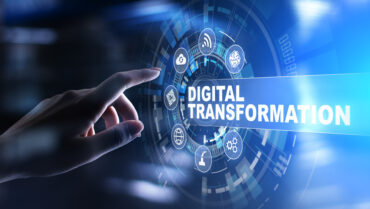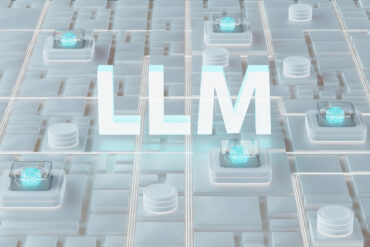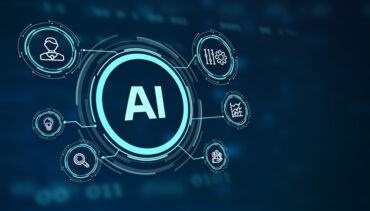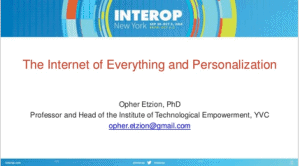
When everything is interconnected, astounding applications become possible. The Internet of Things (IoT) is a vision to empower computers to sense, gather and use information in real-time. Here, RT Insights blogger Dr. Opher Etzion explains how the IoT is doing this via interfaces that respond to sound, motion, optics, temperature, proximity and other environmental sensors.
This ability provides value to every sector of society. It allows people to know and react in a timely way like never before in order to reduce waste, loss and costs.
The IoT requires multisensor technology that can be difficult to construct. The IoT differs from traditional Internet in that its content is created by computers instead of by people. The IoT’s content is automatically generated by triggers. Combining data from multiple sensors detects patterns.
To do so requires simple usability. Once achieved, it will be applicable to virtually everything. It will be applicable to healthcare, smart cities, agriculture, home automation and driverless cars. It will applicable to even inputting implants in the human body to potentially stop the aging process.
What the Internet of Things Needs
What’s holding us back is the need for better data, more networks and increased sensor innovation. The IoT also needs improved security and privacy. The IoT also needs more of a focus on democratization and standardization.
The following is a slideshow from a talk I gave last September at INTEROP Las Vegas 2014. For details on INTEROP 2015, click here.
Want more? Check out our most-read content:
Frontiers in Artificial Intelligence for the IoT: White Paper
Research from Gartner: Real-Time Analytics with the Internet of Things
How Real-Time Railroad Data Keeps Trains Running
Operational Analytics: Five Tips for Better Decisions
Why Gateways and Controllers Are Critical for IoT Architecture
Liked this article? Share it with your colleagues!



